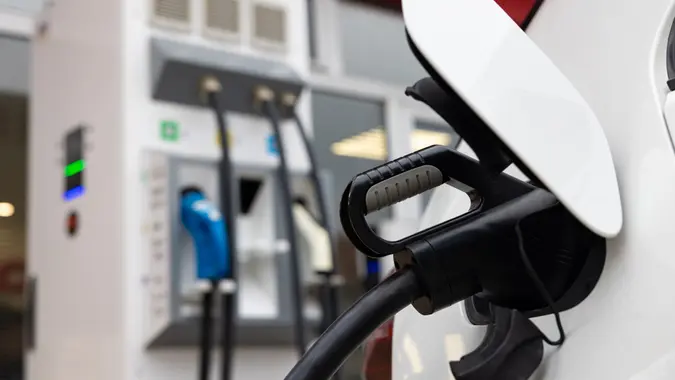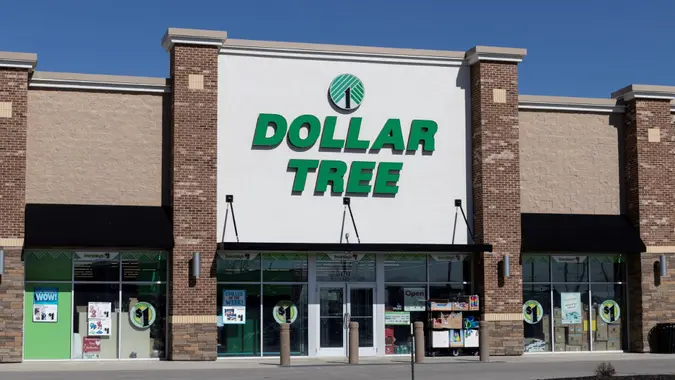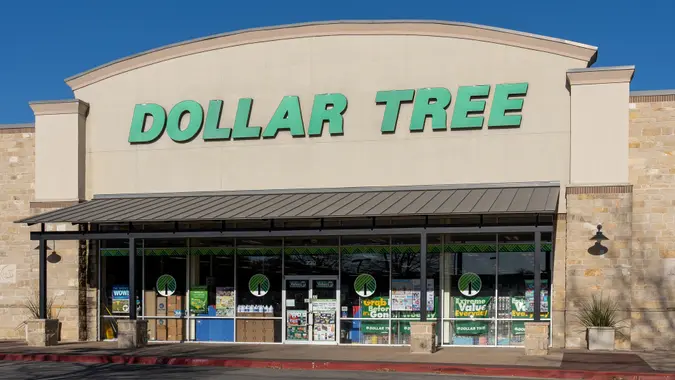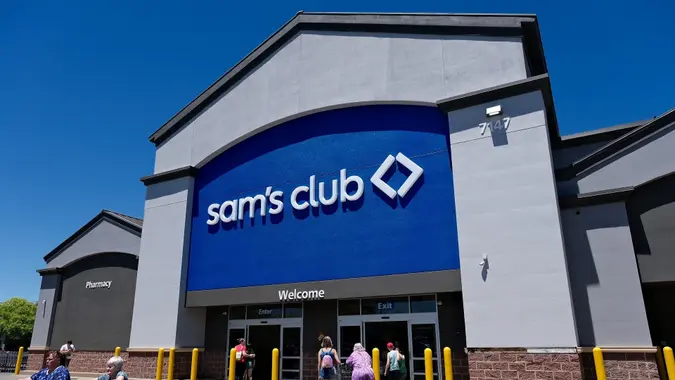Food Stamps: Emergency SNAP Benefits Expire in May for These States

Commitment to Our Readers
GOBankingRates' editorial team is committed to bringing you unbiased reviews and information. We use data-driven methodologies to evaluate financial products and services - our reviews and ratings are not influenced by advertisers. You can read more about our editorial guidelines and our products and services review methodology.

20 Years
Helping You Live Richer

Reviewed
by Experts

Trusted by
Millions of Readers
With the aim of “returning to normal,” many states have already called an end to their public health emergencies and, subsequently, the enhanced Supplemental Nutrition Assistance Program (SNAP) payments that their residents have enjoyed during the COVID-19 pandemic.
A total of 18 states (plus the U.S. Virgin Islands) are ending enhanced SNAP benefits next week, at the end of May. This leaves 17 states (plus Guam) who have acknowledged extensions through June, per the USDA website.
In March 2020, the U.S. government, through the Families First Coronavirus Response Act (FFCRA), allowed states to issue enhanced emergency allotment benefits to households already receiving SNAP.
The federal public health emergency (PHE) was initially announced when the coronavirus pandemic started in January 2020 and has been renewed every quarter since, according to Reuters. It was last due to expire on April 16 but had been extended to July 15.
According to the same report by Reuters, the Department of Health and Human Services (HHS) says it gives 60 days notice to states prior to the expiration of the PHE. For the July 15 end date, the 60-day notice date of May 17 has come and gone, so expect another official extension to be announced soon.
States have been providing emergency additional payments to SNAP households since the start of the pandemic. As the economy recovered from the initial pandemic shock, some states have questioned the justification for all households to receive the maximum SNAP benefit. As a consequence, these states opted to announce the end of their respective public health emergencies — and their enhanced SNAP benefit payments — earlier than others.
On the other hand, more than 40 million Americans who get help buying groceries through SNAP are seeing their benefits plunge even as the nation struggles with the biggest increase in food costs in decades. A number of states will continue to provide the enhanced payment to their residents up to the date the federal PHE ends.
The USDA website is helpful for general information and links, but to see if you are eligible for SNAP — and to see if your state is continuing enriched SNAP payments through June — check your state’s SNAP agency website, as each state has different registration and qualification requirements.
The 17 states (plus the U.S. Virgin Islands) that will be discontinuing enhanced SNAP benefits at the end of May are:
- Colorado
- Connecticut
- Delaware
- Georgia
- Illinois
- Indiana
- Louisiana
- Massachusetts
- Michigan
- Minnesota
- New York
- New Mexico
- Ohio
- Oklahoma
- Texas
- Utah
- Vermont
- Virgin Islands
This article was updated on May 31 to remove California per an update to the CalFresh website.
More From GOBankingRates
 Written by
Written by  Edited by
Edited by 

























